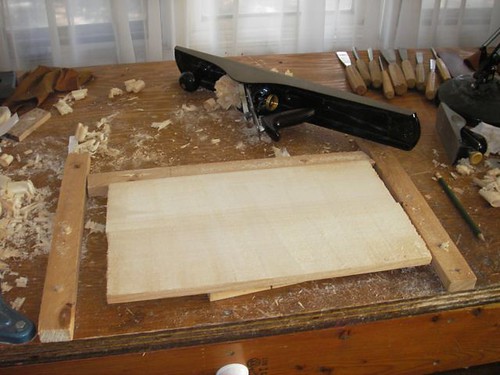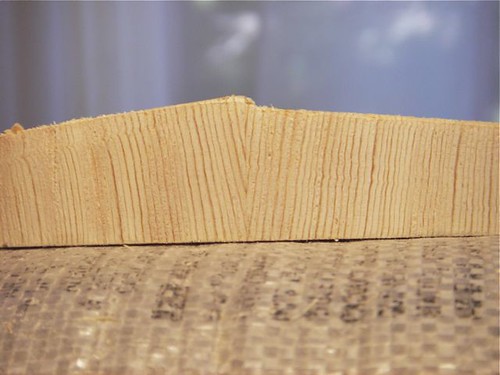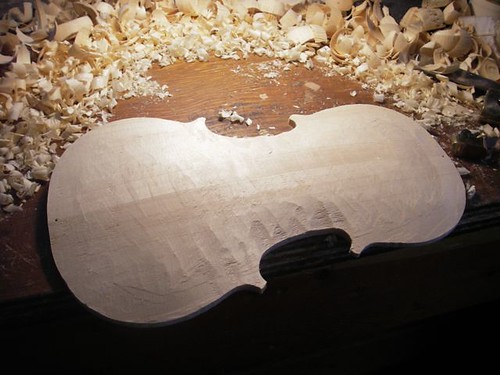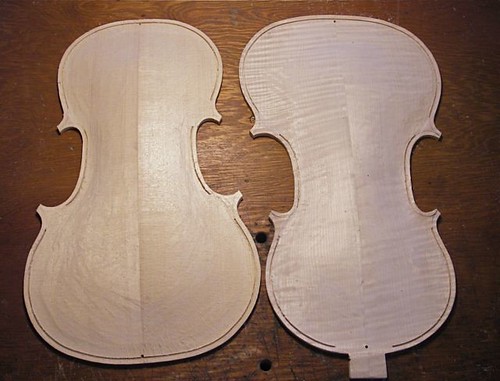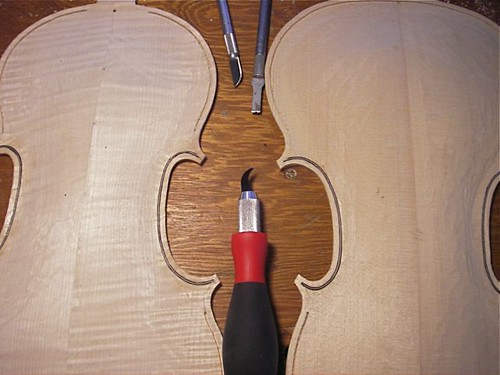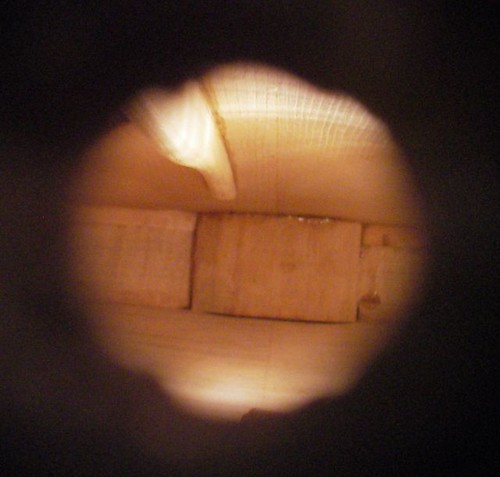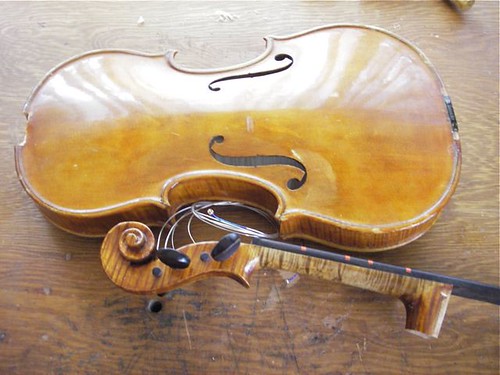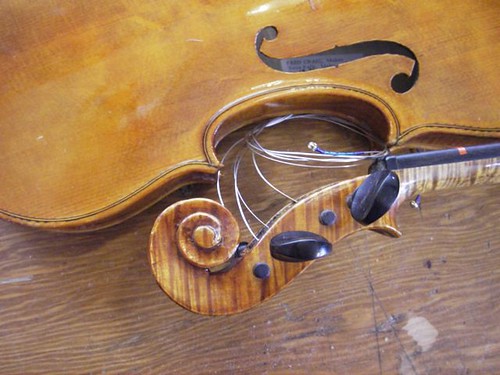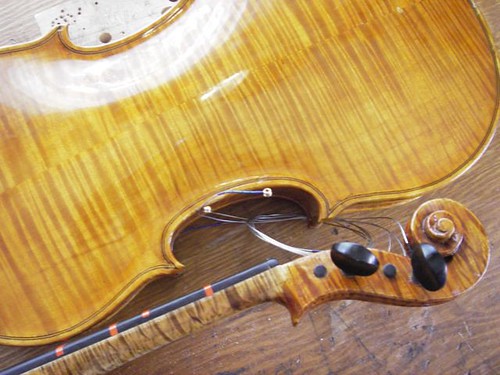Internet forum talk.
1. I have ants in my house. How do I get rid of them?
2. Use ant spray.
3. But you should use organic ant spray. Avoid the nasty chemicals.
2. Organic ant spray doesn’t work very well.
3. You have to give it time to work.
4. I heard that you could put cornmeal down. The ants take it back to the colony, where it swells up and kills the queen.
5. Queen? Are you sure you’re not thinking of bees?
4. Bees don’t take cornmeal back to the colony. They gather pollen.
6. They don’t gather pollen. They gather nectar. The pollen spreading is a by-product of the nectar-gathering process.
3. Bee colonies across the country are failing, mostly from people using chemical insecticides.
7. I heard it was the cell-phone towers. The radio waves destroy the bees’ sense of direction. They don’t get back home in time and die during the night.
3. Sounds more like Cinderella, only that was the stroke of midnight. It’s clearly the overuse of insecticides. Here are 14 web-sites to prove the point.
7. Of the 14, 12 of them are simply repostings of the first. That doesn’t prove anything.
3. It kinda proves you’re an idiot.
7. I’m pretty sure everyone on this forum knows who the idiot is.
4. Here’s a web-site that shows the use of cornmeal in the control of ants.
2. She doesn’t want to control the ants. She wants to get rid of them.
4. Well, that’s what control means, in this situation.
2. Control. Verb -- dictionary definition, with citation.
3. I am always surprised at the lack of interest in the bee-colony situation. Don’t you people realize how serious this is? It affects our entire food supply.
7. Don’t you mean “It effects our entire food supply” ?
3. Ok, It effects our entire food supply system.
4. No, I’m pretty sure it’s affect. Effect is like a special effect in a movie.
1. From my iPhone: I’m at the store, and there are two ant poisons, but neither says it’s organic. How do I decide.
2. Buy the cheaper one.
3. Don’t buy either. Go to another store and find organic pesticide.
7. No, it is definately ‘effect’.
4. ‘definately’ Ha! can’t even spell.
2. How many bees will she kill driving across town to another store?
3. That’s not the point. In the long run, we need to rid ourselves of our dependence on these terrible chemical pesticides.
6. It’s not the pesticides, it’s the cell-phone towers.
1. From my iPhone: Guys, I’m trying to decide here. I can’t go to another store right now. I need to stop these ants.
8. Have the cellphone company put up a tower next to your house!
2. She’s not trying to get rid of the bees.
3. The cell-phone towers are not the problem. It’s the pesticides. Don’t buy either, 1, go to another store.
8. Maybe she should move to another house.
9. That won’t work. I just moved to another house and it had ants when I got there.






